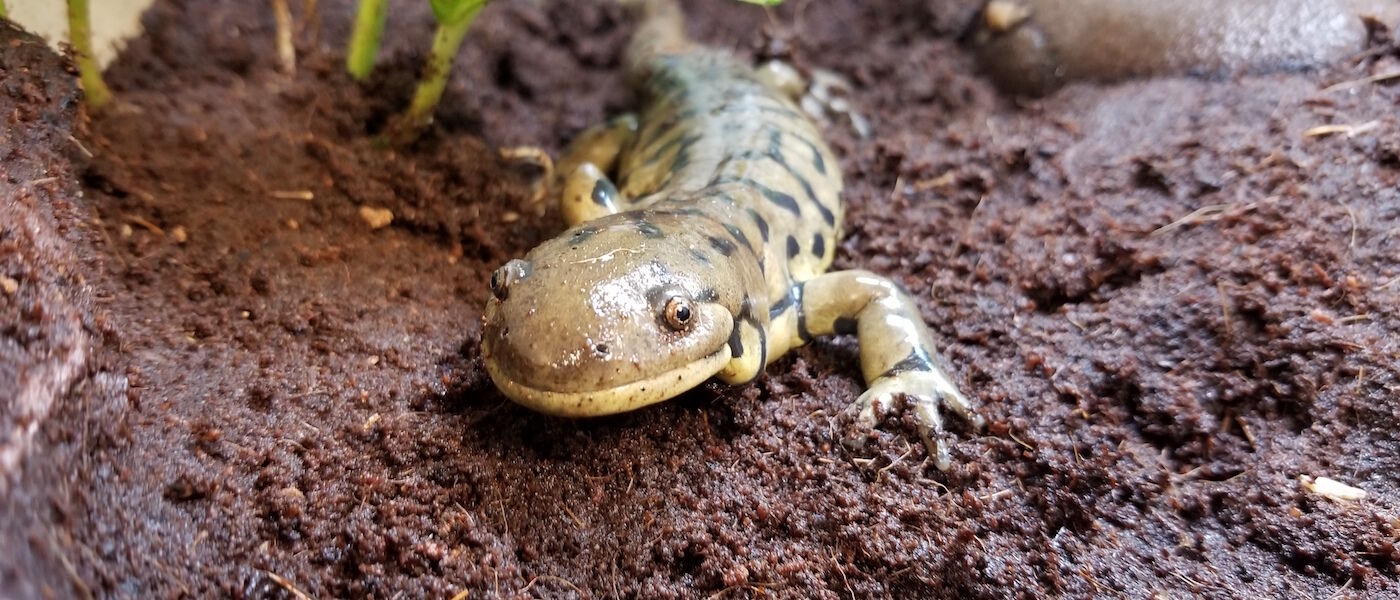A human-spread fungus is killing amphibians across the globe
On one of your visits to LSC, you've likely encountered some of our fascinating amphibian species, such as the poison dart frog or the tiger salamander.
But did you know amphibians are under threat by a pathogen known as chytrid fungus? This fungus – which was accidentally spread by humans in the early 20th century – has threatened amphibians across the world, currently affecting at least 501 species, with 90 of them presumed or confirmed extinct.
This silent killer causes chytridiomycosis, a disease that thickens the skin in amphibians. Since amphibians rely on their skin to absorb water and important salts, this is a deadly condition.
In the years since it was discovered, scientists have continued to observe the rapid spread of this pathogen around the world. It doesn’t take much for the fungal spores to hitch a ride to an uninfected location. Simply stepping in an infected puddle and walking around can contribute to spreading the fungus.
Though the impacts are on a global scale, each of us can have an important part in preventing the further spread of chytrid fungus. Clean your shoes after walking through muddy puddles. Avoid touching wild frogs or salamanders. And – most importantly – don’t take a wild amphibian and bring it to a new place. If the amphibian is infected, bringing it to a new location could spread the fungus to an uninfected area.

Interested in learning more about amphibians and how we can protect these delicate animals? Join us for Conservation Week, April 19 – 28! That week, LSC will be filled with activities, experiments, and demos all about protecting our environment and keeping its creatures safe.
